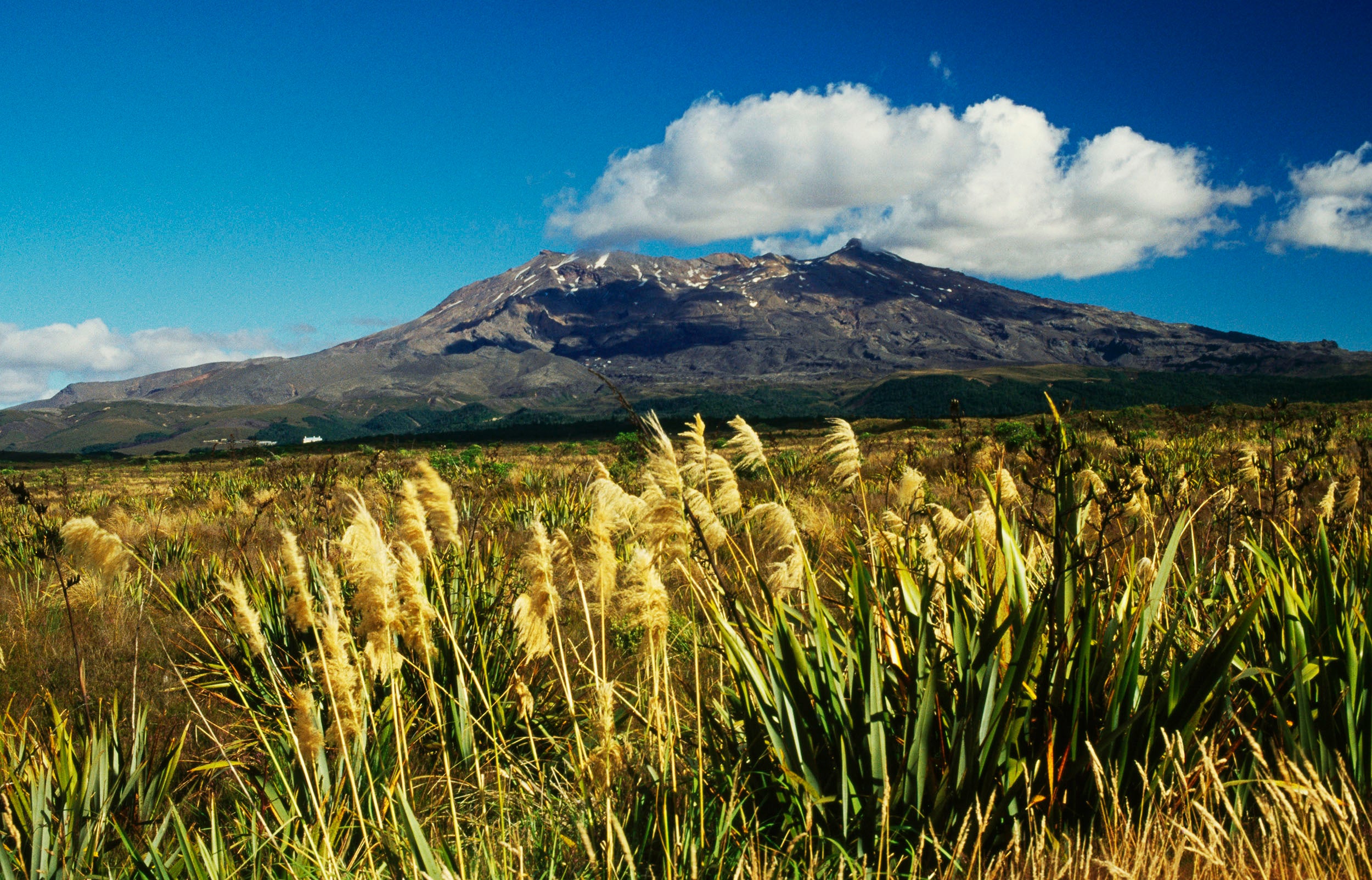Mount Ruapehu eruption risk: Hikers warned away from ‘Lord of the Rings’ volcano in New Zealand
Natural landmark inspired trilogy’s Mount Doom and last erupted nine years ago

Your support helps us to tell the story
From reproductive rights to climate change to Big Tech, The Independent is on the ground when the story is developing. Whether it's investigating the financials of Elon Musk's pro-Trump PAC or producing our latest documentary, 'The A Word', which shines a light on the American women fighting for reproductive rights, we know how important it is to parse out the facts from the messaging.
At such a critical moment in US history, we need reporters on the ground. Your donation allows us to keep sending journalists to speak to both sides of the story.
The Independent is trusted by Americans across the entire political spectrum. And unlike many other quality news outlets, we choose not to lock Americans out of our reporting and analysis with paywalls. We believe quality journalism should be available to everyone, paid for by those who can afford it.
Your support makes all the difference.New Zealand has told tourists and hikers they could be putting themselves in danger if they visit a volcanic region made famous by the Lord of the Rings film trilogy.
The eruption alert level for the Mount Ruapehu volcano in Tongariro National Park has been raised following a dramatic spike in temperatures over the past fortnight.
Ruapehu played a key role as Mount Doom in Mordor for the backdrop to Peter Jackson’s epic cinematic trilogy and last erupted in September 2007.
The area is popular with walkers, who have been warned by the country’s Department of Conservation to avoid the summit hazard zone until the situation improves.
Geoff Kilgour, volcanologist at New Zealand’s GNS research centre, told The Independent: “Ruapehu has been on a level 1 alert for some time, but we had to raise that after the crater zone lake appeared to heat up very rapidly, a significant spike of 20 degrees in two weeks.”
Ruapehu now sits on level 2 alert, meaning greater volcanic disturbance and an increased risk of an eruption.
He continued: “We believe this could develop into a bigger event so we agree that hikers should take advice before travelling to the national park.”
Thousands of tourists journey to Tongariro every year to make a 12-mile alpine crossing taking in the park’s three huge volcanoes.
GNS confirmed that tests were ongoing and they will continue to monitor the situation closely as it develops.
In 1996, Ruapehu’s dramatic double eruption closed local airports and had a devastating impact on local agriculture.
Join our commenting forum
Join thought-provoking conversations, follow other Independent readers and see their replies
Comments